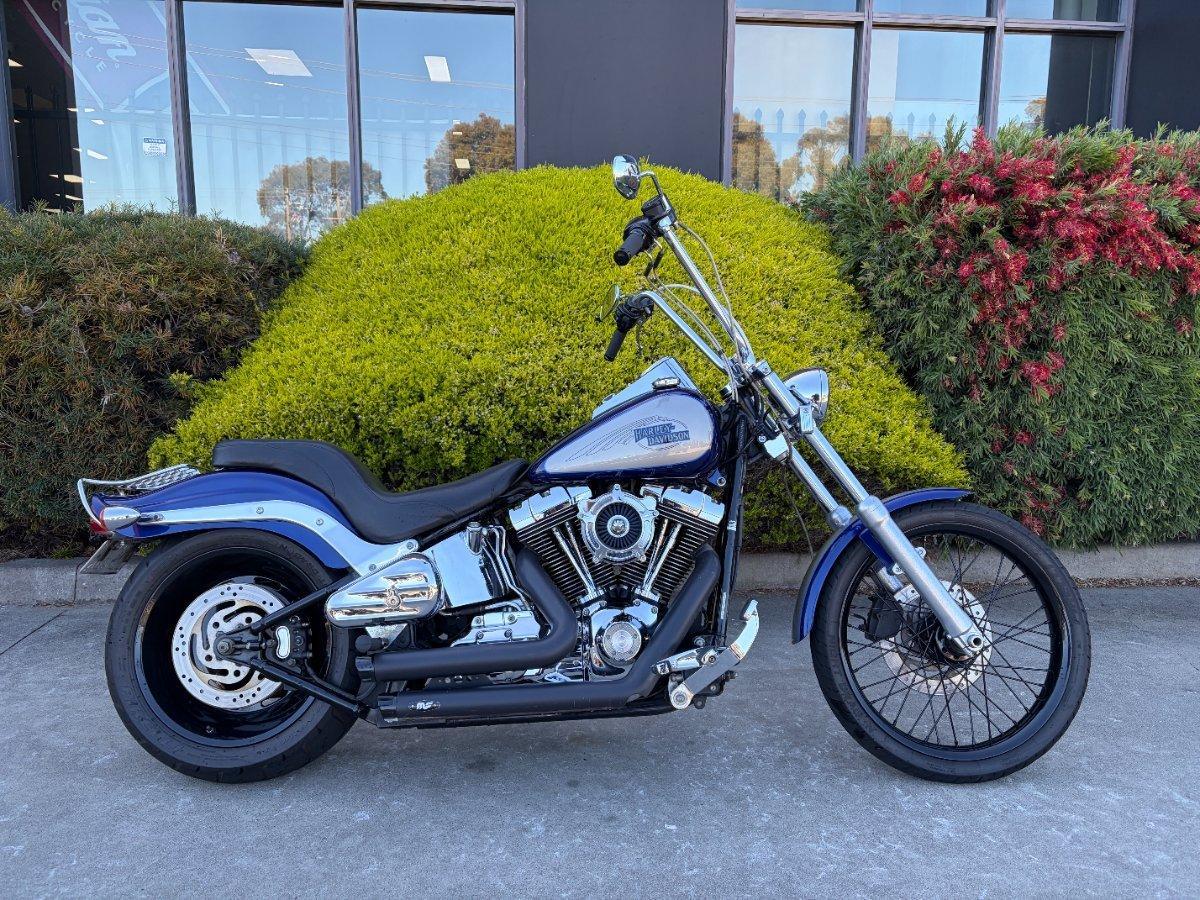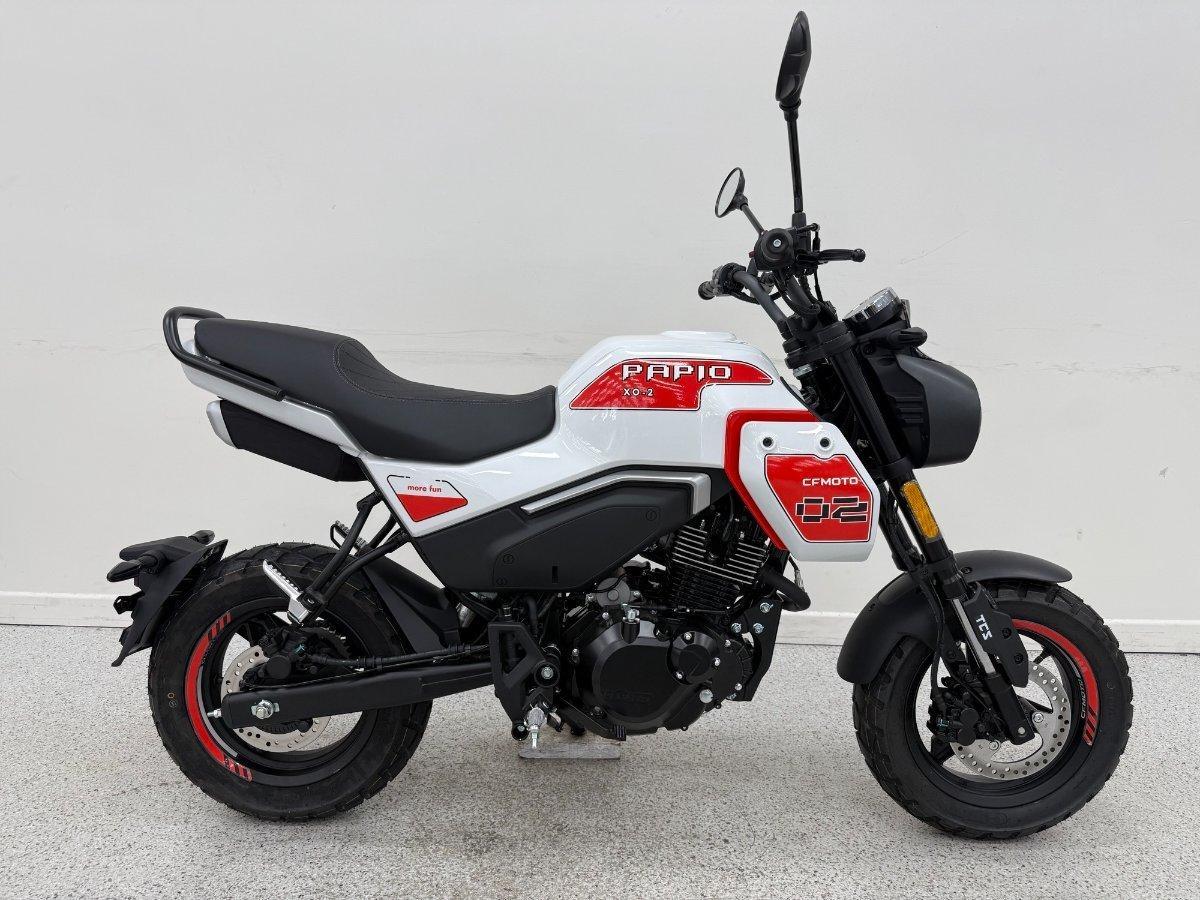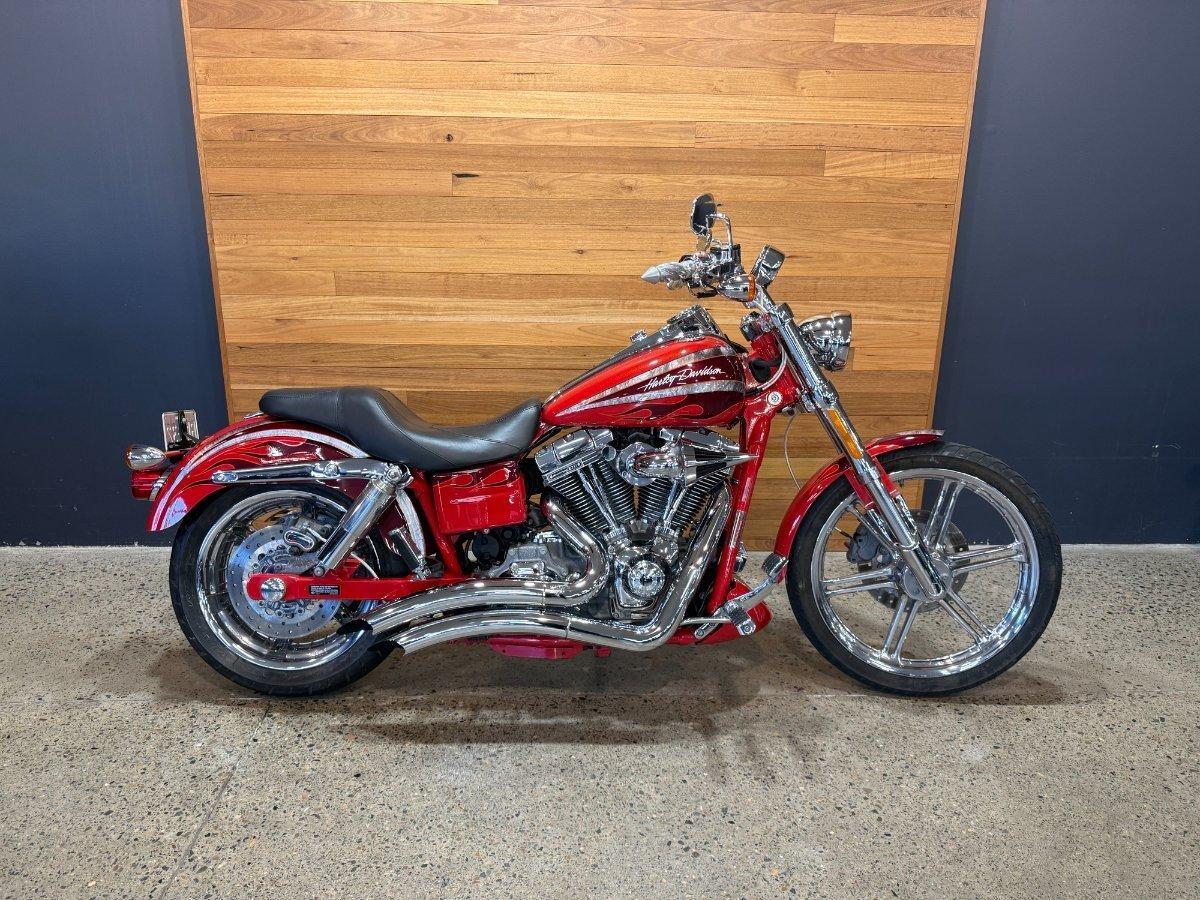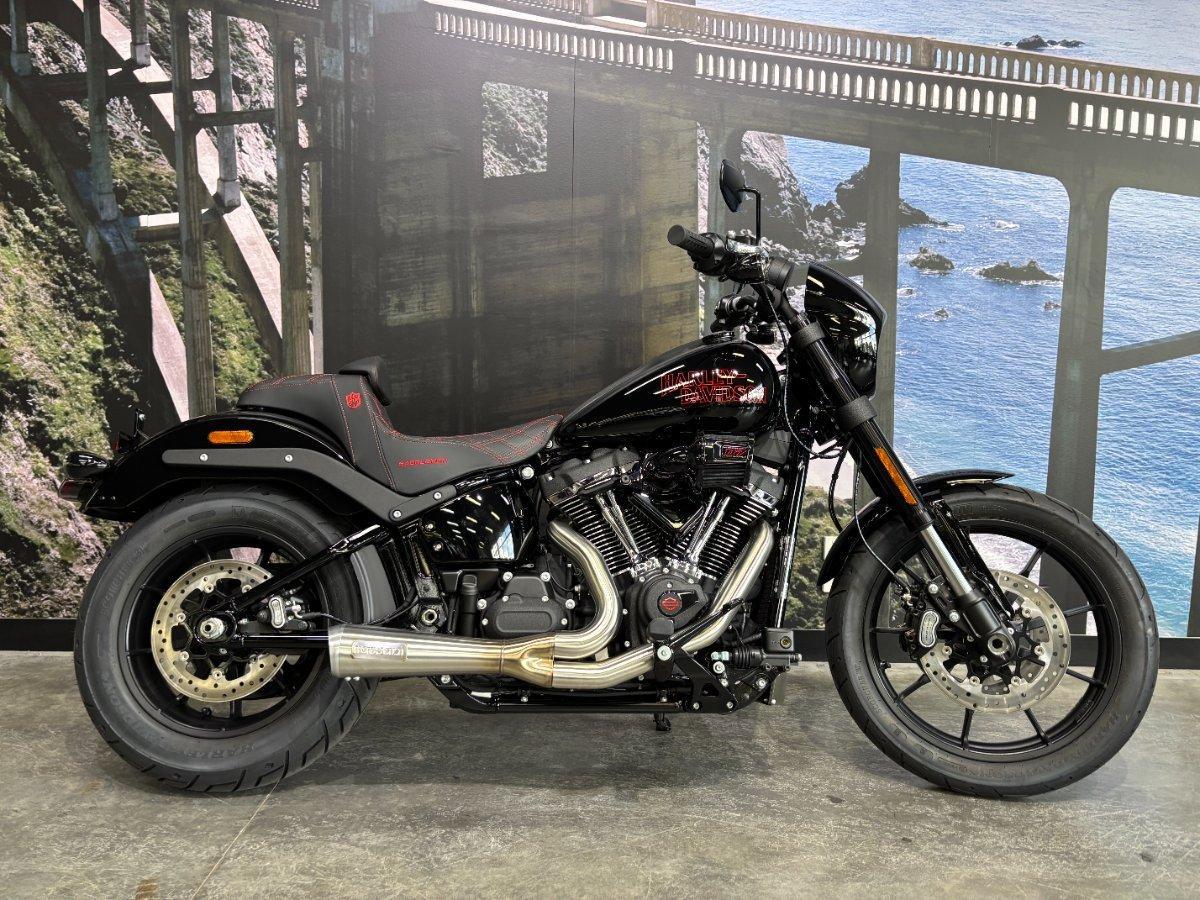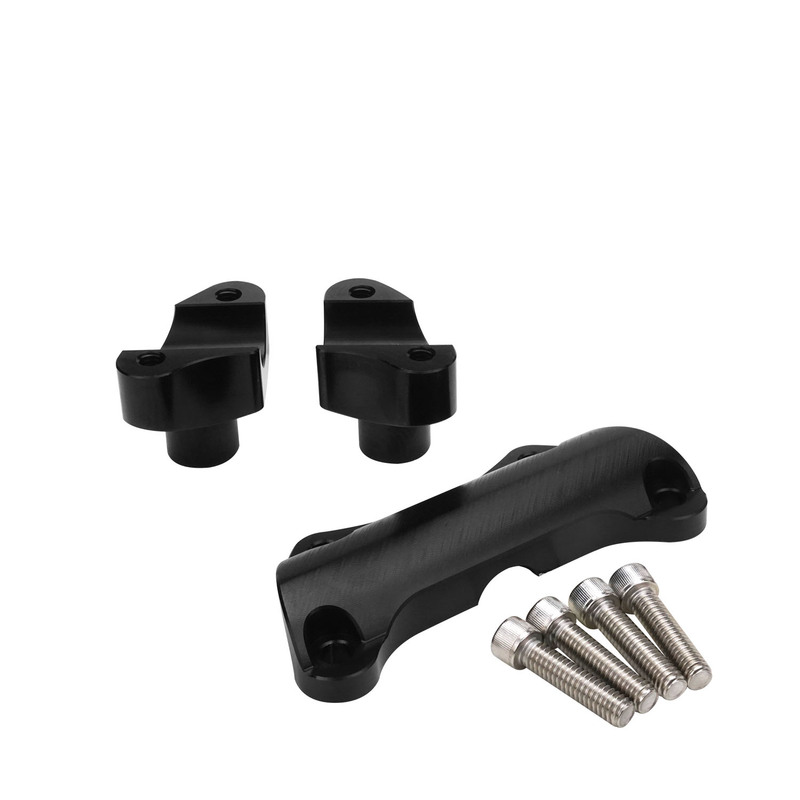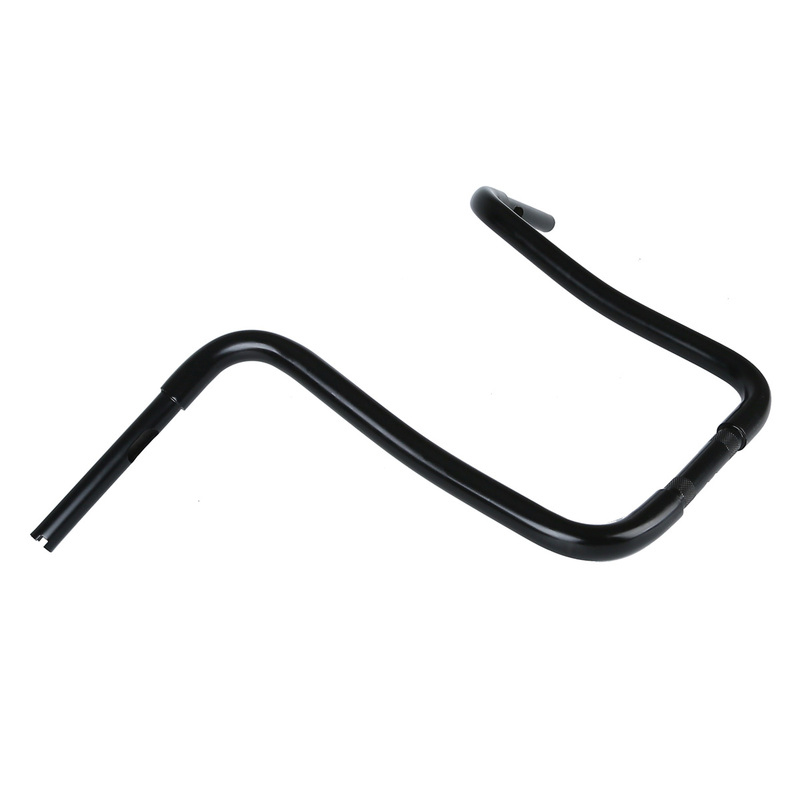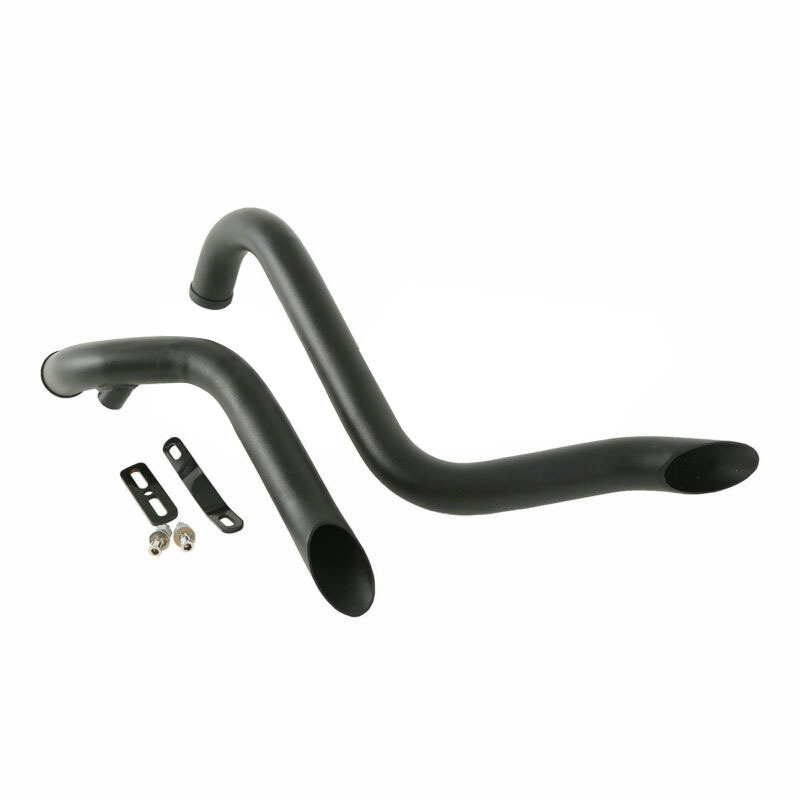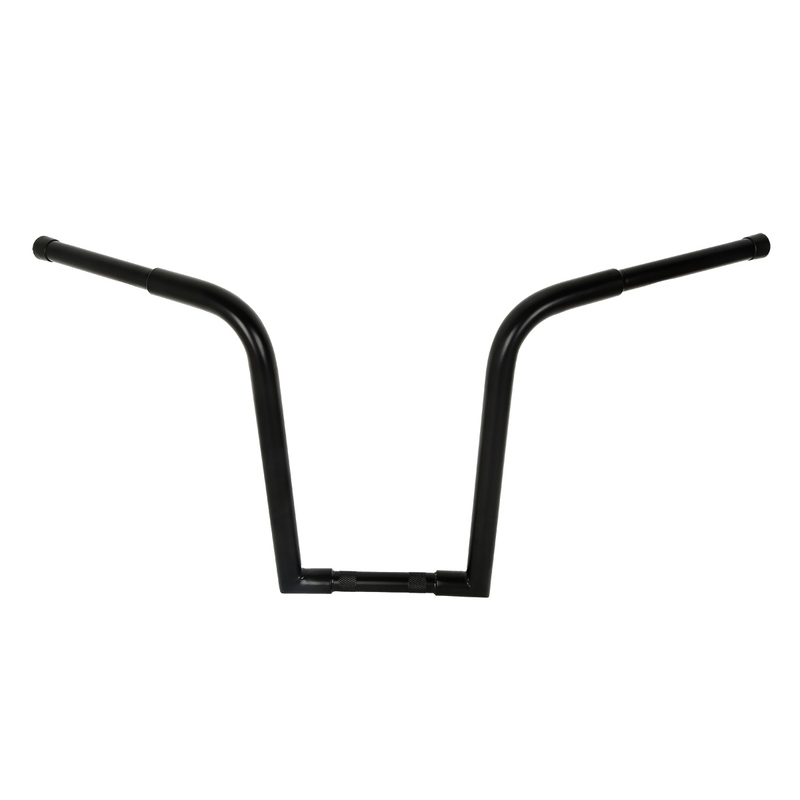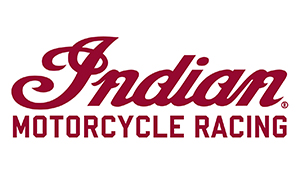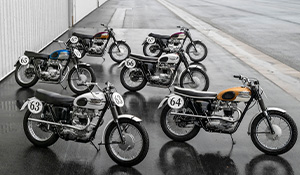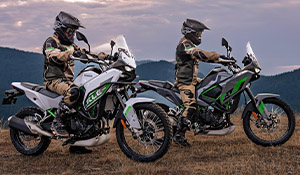FEATURE - 2025 Harley Davidson Fat Boy ‘Gray Ghost’
Words: Mike Ryan
Photos: Harley-Davidson ANZ
When it comes to anniversaries, 50 years are golden, 25 years are silver and so on. But what about 35-year anniversaries? According to a couple of sources, 35 years should be celebrated with coral, but based on the latest addition to Harley-Davidson’s ‘Icons Motorcycle Collection’, maybe that should be chrome!

First offered in 2021, the Icons Motorcycle Collection is an annual release, combining current model motorcycles with colours, details and styling that draws on more than a century of Harley-Davidson history.
The first of these limited-editions, the ‘ElectraGlide Revival’, was a modern take on the 1969 ElectraGlide tourer. The Low Rider-based ‘El Diablo’ from 2022 tapped into ’80s styling themes, while the 2023 ‘ElectraGlide Highway King’ looked back even further, taking inspiration from the 1950s and ’60s. Last year’s ‘HydraGlide Revival’ drew specific inspiration from the 1956 FL Hydra Glide.
For 2025, the Icons Motorcycle Collection took its cues from a more recent model - the Fat Boy Softail from 1990 – to create the Fat Boy ‘Gray Ghost’.
Fat Boy – a Brief History
Although it came to market in 1990, the original Fat Boy had been developed a few years earlier. And surprisingly, it wasn’t originally dreamed up by The Motor Company in Milwaukee, Wisconsin. The genesis of the Fat Boy came from a Harley dealer in Canada.
In 1987, the GM of Harley-Davidson Montreal, Duc Dufour, along with dealership technician Denis Lavoie, created a custom bike based on the Softail platform. What they called the ‘Lowboy’ featured a slammed back end, solid wheels, a fibreglass front mudguard and wide handlebars.
Jerry Wilke, a Harley executive, spotted the bike and requested an example be shipped to Milwaukee. There, the in-house styling team led by Willie G. Davidson and Louie Netz, refined and improved the Canadian creation.

“On the 1990 Fat Boy, the wheels are the defining characteristic,” wrote Davidson in his book 100 Years of Harley-Davidson. “The idea was to create a distinctive look, using solid-cast disc wheels. We pushed this distinction further with a silver monochromatic paint job and silver powder-coated frame.
“Since the entire bike was silver, we needed something bright to set it off. I added yellow trim to the rocker boxes, the derby cover, the timing cover and the ignition switch.
“We built a Fat Boy prototype, and I took it to Daytona so we would get one-on-one feedback from the riders.”

That feedback, gathered through 1988 and 1989, was positive enough to convince Harley-Davidson to put the bike into production, applying the ‘Fat Boy’ name that’s now iconic, and the subject of a lot of misinformation, including one rumour that it came from the ‘Fat Man’ and ‘Little Boy’ atomic bombs used in World War II.
“I’ve heard a lot of tales about this, nearly all of which are untrue,” wrote Davidson. “Here’s the real story: it’s tough to come up with names that will be popular on the street. We were looking for something unusual and maybe even a little irreverent, because there’s something sort of cool about poking fun at your products from time to time. To me, and to a lot of other insiders who’d seen it, the bike had a massive ‘fat’ look. So, the folks in marketing came up with the name Fat Boy.”
A year after its 1990 debut, the Fat Boy appeared in Terminator 2: Judgment Day. When that film went into the stratosphere, the Fat Boy went with it, turning what was intended to be a limited-run model into an annual offering in Harley’s catalogue.

As Harley-Davidson engineering evolved, the Fat Boy evolved with it, replacing the original model's Evo engine with the Twin Cam 88B, then the Milwaukee-Eight. When the all-new Softails debuted for 2018, the Fat Boy gained a new chassis and improved suspension, along with an even wider rear tyre.
Styling has moved with the times, too, but not to the point where elements that make the Fat Boy so distinctive have disappeared. Perhaps uniquely amongst Harley-Davidson’s current offerings, a Fat Boy remains instantly recognisable, thanks in large part to those solid wheels. The design may have changed over the years, but those big, meaty rims, wrapped in fat rubber, remain a signature feature.
With the original Fat Boy turning 35 this year, it was a smart decision to celebrate this modern classic with the Icons Motorcycle Collection Fat Boy Gray Ghost.

Fat Boy timeline - key changes
- 1990: The Softail-based Fat Boy debuts, powered by a rigid-mounted Evolution 80ci v-twin, and available in one colour - Fine Silver Metallic.
- 1991: The Fat Boy enters popular culture thanks to Terminator 2: Judgment Day, in which Arnold Schwarzenegger rides a Fat Boy through Los Angeles in a dramatic chase scene. The movie was a global sensation, helping cement the Fat Boy as representative of the Harley-Davidson brand in many markets, especially Europe. One of the bikes used in the movie is now in the Harley-Davidson Museum collection.
- 2000: The counterbalanced Twin Cam 88B engine replaces the Evo in all Softail models, including the Fat Boy.
- 2005: A limited-production CVO Fat Boy, powered by a Twin Cam 103 engine, debuts. Styling highlights include slammed rear suspension, a pan-style steel seat, chrome pillion seat cover and a new metal-grind finish with three color options. The CVO Fat Boy remains in the catalogue for two years.
- 2010: A Fat Boy ‘Lo’ variant is introduced. Slammed front and rear suspension, plus a low-profile saddle, drops the seat height to just 24.25 inches (615mm).
- 2016: The Fat Boy range expands again with the Fat Boy S, powered by a Screamin’ Eagle Twin Cam 110 engine and finished in Dark Custom styling.
- 2018: An all-new chassis for the Softail range, featuring monoshock rear suspension, is applied to the Fat Boy. Softails also gain the dual counterbalanced Milwaukee-Eight v-twin engines. Styling is all new, too, with a massive front end, new headlight shape and a huge 240mm rear tyre.
- 2020: Harley-Davidson celebrates three decades of the Fat Boy with the Fat Boy 114 ‘30th Anniversary Limited Edition’. Restyled in dark finishes with bronze highlights, and powered by a Milwaukee-Eight 114 engine, production of the 30th Anniversary Fat Boy is limited to 2,500 examples.

Shining Apparition
The 2025 Fat Boy Gray Ghost applies styling themes from the original Fat Boy to the current model, with the standout feature being the chrome-like finish on the tank and mudguards. Appropriately, Harley-Davidson call this 'Reflection'.
This finish isn’t paint. Rather, it’s a thin film coating process called ‘Physical Vapor Deposition’ (PVD). Although PVD has been used on some small parts in the past, like badges and exhausts shields, the extent of its application to the Fat Boy Gray Ghost is unique.
The PVD process involves vaporising solid material in a vacuum and then depositing it onto the surface of a part. Applying a positive charge to the solid material (in this case, aluminium alloy) and a negative charge to the motorcycle part bonds the two together. The result makes the part look like it was milled from a chunk of billet alloy, then polished to a mirror finish.
Applying clear coat over this finish makes it just as durable as paint, with Brad Richards, Harley-Davidson Vice President of Design and Creative Director, Motorcycles, saying the care and cleaning required for PVD is no different to regular paint. The bonus is that, unlike traditional chrome, PVD is more resistant to corrosion and doesn’t require constant polishing to retain its lustrous finish.

Retro Details
While the high-shine Reflection finish is very much a new millennium take on the original Fat Boy’s Fine Silver Metallic paint, other styling touches on the Gray Ghost are more authentic. These include the silver powder-coated frame, instead of the black frame that’s on the standard MY25 Fat Boy. Yellow accents are added to the lower rocker covers and engine cover of the Milwaukee-Eight v-twin, as well as the tank console insert.
A leather-trimmed seat adds lace and tassel detailing, reflecting the original Fat Boy, that in turn reflected Willie G. Davidson’s interest in Native American design and decoration. Similar accents are added to the fuel tank’s leather strap.

A round air cleaner cover, instead of the oblong unit on the standard MY25 Fat Boy, is a more obvious nod to the past, as are the tank badges, which are actual metal badges and not decals.
Bold ‘Lakester’ wheels on the 2025 Fat Boy are unchanged for the Gray Ghost, wearing 160/60R 18 front and 240/40R18 rear tyres.
The tank console adds ‘35th Anniversary Fat Boy’ identification and the bike’s individual serial number, while ‘Icons Motorcycle Collection’ badging features on the rear mudguard.

Modern Benefits
Being a 2025 model, the Fat Boy Gray Ghost gains all the improvements made to the standard Fat Boy this year. These include an engine upgrade to the Milwaukee-Eight 117, replacing the 114ci version. The capacity increase (from 1,868cc to 1,923cc) produces 75kW and 171Nm – a 7 per cent power upgrade and 3 per cent torque upgrade over the outgoing engine.
The six-speed Cruise Drive transmission remains, with a slip-assist clutch, chain primary and belt final drive. As the upgrade in power and torque is minor, gear ratios are unaltered.
Suspension has been improved, with the dual-bending valve 49mm forks and monoshock rear recalibrated to optimise rider comfort. Rear preload adjustability remains, though, with suspension travel unchanged at 130mm front and 86mm rear.

Last year’s Fat Boy only offered an LED headlight, but all-LED lighting has been introduced for 2025, which applies to the Gray Ghost, too.
The new Fat Boy also offers selectable Ride Modes (Road, Rain and Sport) for the first time, and adds cornering functionality to the existing ABS, Traction Control and Drag Torque Slip Control. Cruise Control and Tyre Pressure Monitoring carry over from last year’s Softail.
The gauge pod atop the tank still combines an analogue speedo with LCD display, but gets a new look and has additional functionality. LCD information can now be scrolled via the switchgear.
Other new features include a USB-C socket (replacing the USB-A type) and repositioning the connectors for heated riding gear to the rear mudguard, under the seat.
Purists may bemoan the extra tech added to this year’s model, but the Fat Boy remains a very ‘analogue’ motorcycle, with the rider assistance and mandatory safety features being mostly unobtrusive.

Strictly Limited
Aside from retro-inspired colours and details, the common thread for all bikes in the Icons Motorcycle Collection has been limited availability. Global release for the first two models was just 1,500 each, which increased to 1,750 in 2023 and 2024.
Acknowledging the Fat Boy’s 1990 launch year, production of the Fat Boy Gray Ghost will be limited to 1,990 units for global release. As with all previous editions in the Icons Motorcycle Collection, once these models have been sold, no more will be produced.
Australia’s allocation of the 2025 Fat Boy Gray Ghost has not been confirmed, but will be meagre, so enthusiasts are advised to contact their Harley-Davidson dealer for availability before local stock is all gone.
List pricing starts at $41,750, which is a $3,255 premium over the standard MY25 Fat Boy. Contact your Harley-Davidson dealer to confirm pricing.


